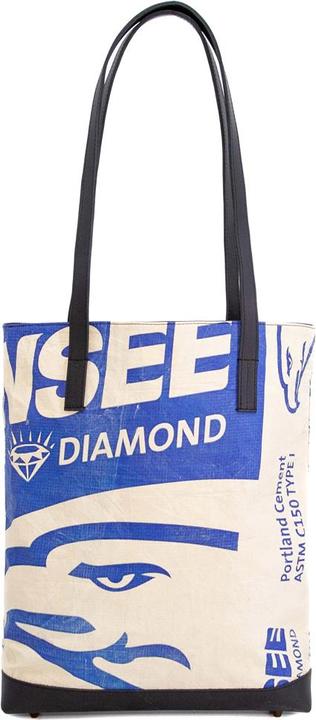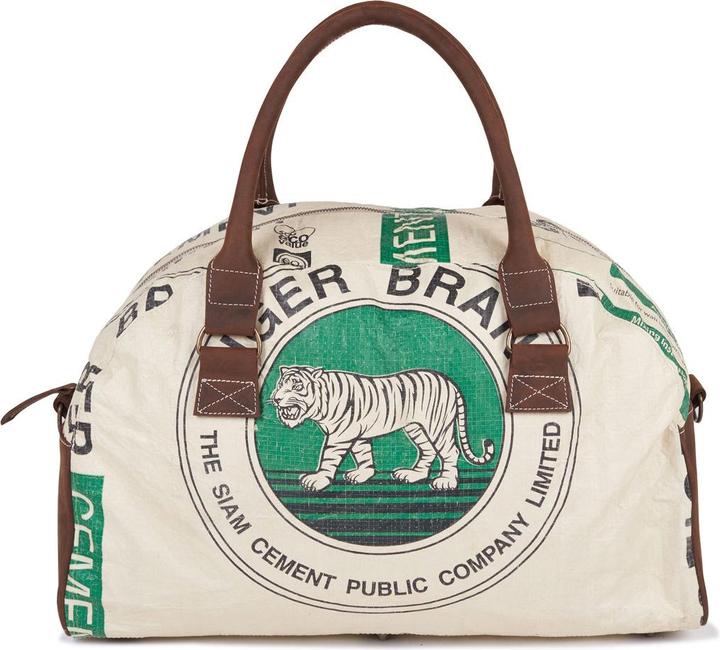

Accessories made from old cement bags
In Cambodia, Nicolas Huxley found old cement bags – and a new business idea. His company Elephbo upcycles this waste product and uses it to design bags and sneakers.
On a trip through East Asia, Nicolas Huxley had the business idea of his lifetime. A native of Switzerland with Australian roots, he spent two semesters at Hong Kong University during his bachelor's programme. He quickly realised that he wanted to travel to Southeast Asia. Nicolas had always been more interested in developing countries than in the Western world. While others travel through North America with a tour guide, he would backpack through less wealthy countries.
One of his many stations in Southeast Asia was Cambodia. This country captivates the young entrepreneur – not just the landscape itself, but also the mentality of the people: «The civil war sent Cambodia into a regression. Now they have to catch up. So they’re motivated, hardworking and open to new ideas,» Nicolas says. He knows immediately knew he wanted to set something up in Cambodia. «At that time, I just didn't know exactly what. It wanted it to be a social project that had an impact and helped people.»
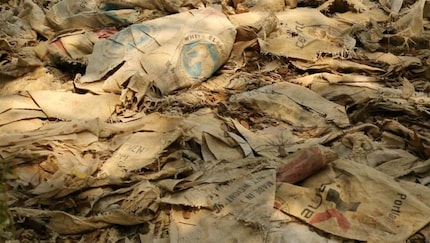
By chance, he discovers a bunch of old cement bags with a catchy elephant print on them. They had been thrown into a ditch. He saw that the locals turned them into simple and rather unstable shopping bags. In that moment, he knew what he wanted to do. With ten old cement bags in his luggage, he travelled back to Switzerland and began to experiment. When a friend of his travelled to Cambodia half a year later, he asked him for another 50 cement bags.
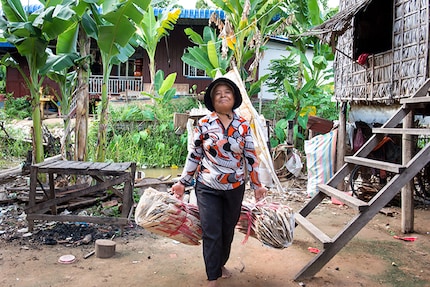
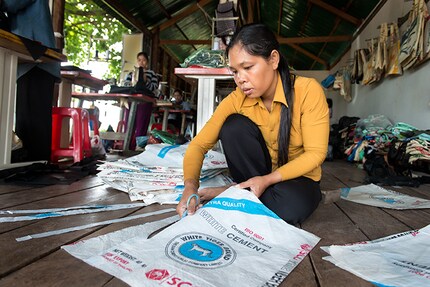
With the help of a designer from the Swiss Textile School, Nicolas finally developed the first prototype of a bag. That was in 2011. The design process took several years, as he was doing his master's degree at the same time and was working for Ernst & Young for two years. This is why his own fashion label was off to a slow start. It wasn't until 2015 that Nicolas felt ready to put 100% of his time into Elephbo. «The corporate world just wasn't for me in the long run.» He quit his job as a consultant at EY and travelled to Cambodia for half a year to drive forward his business locally. He put all his savings into his accessories brand.
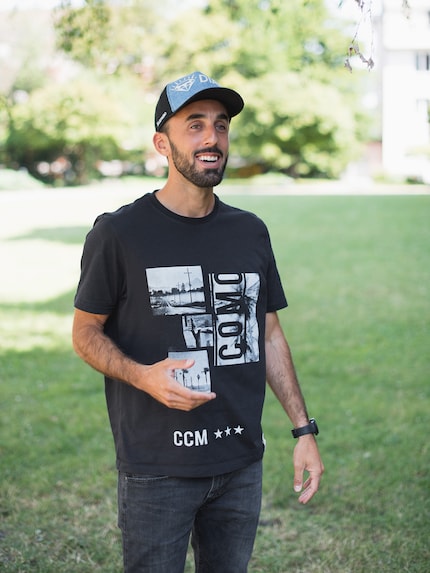
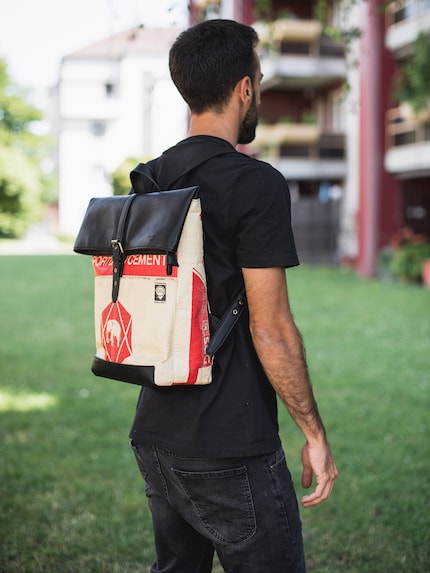
When asked how easy it was to find people of trust, the businessman smiles and answered: «My first encounter with a Cambodian was an absolute stroke of luck.» When Nicolas had arrived during his first trip through the country, he shared a tuk-tuk with his four backpacker colleagues in the city centre. He began to chat to the driver. Komnit, as the chauffeur was called, knew everything and everyone. The two kept in touch over the years and became business partners. «Meeting Komnit was like hitting the jackpot for me and he still works for my company today,» Nicolas says. «Unlike 90 percent of my employees, Komnit speaks English as well as Khmer.» Khmer is the language spoken by the locals. Komnit became his interpreter and introduced him to the most important people. He also distributed the wages to Nicolas’s employees, who are responsible for all the recycling on site, because they don't have a bank account. Nevertheless, Nicolas flies to Cambodia without prior notice once a year to check on his employees. So far there has been no cause for concern.
Critical voices claim that Elephbo's designs are similar to Freitag bags. But Nicolas denies this. The concept itself is completely different. Of course, the idea of sustainability isn't new, but his company is more interested in the social cause. He wants to offer local people a perspective by giving them the opportunity to do a job and earn money even without having completed school or learned a trade. Elephbo teaches them how to process cement bags properly. The employees do not have to be trained as tailors, as the final steps are done in Europe.
«I don’t live a consumerist lifestyle.» Nicolas Huxley
The brand also differs from others in terms of quality: although many labels rely on a cool design, they cut corners at the expense of processing. «I wanted my label to create a cool and social product that's both suitable and of high quality,» Nicolas explains. He wants customers to enjoy his product for a long time. Since the cement bags are shipped to Eastern Europe after being prepared, the resulting CO2 emissions for these transports are compensated by a drinking water project in Cambodia in cooperation with Climate Partner. The same applies, by the way, when Nicolas cruises through Switzerland in a company on his way to meetings.
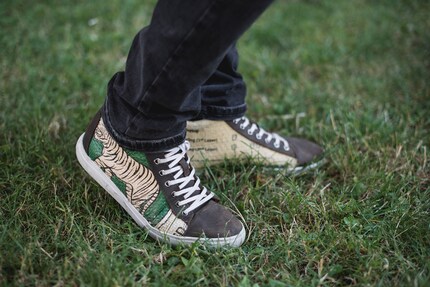
The Weekender and other [Green Tiger prints](/en/s8/product/elephbo-green-tiger-37l-s- travel bag-11547109?tagIds=1106) are among the best-selling Elephbo products. But it is the red elephant pattern that gave the brand its name. Nicolas recounts: «The first cement bag we recycled had an elephant print on it. I was brainstorming with a colleague and it took us a while to find a suitable name for which there was a domain. A word play resulted in «Elephbo».
«Many people are in it for the money.» Nicolas Huxley
All bags and backpacks made of natural leather are made in Bosnia. «We use leather scraps that meet Fair Trade standards. At first, I had everything produced in Switzerland. This way, I could make sure the quality was right and I could follow the production.» However, as this didn't pay the bills, Nicolas had to relocate the production process to Eastern Europe. The alternative would have been selling his products at a higher price. He would have had to charge around 800 francs for the bags – the entrepreneur certainly didn't want that. When choosing a suitable location, it was important to him that this processing step took place in Europe because he didn't want leather from Asia: «I care about animal welfare.» A friend of his recommended a small textile workshop in Bosnia.
Want to be up to date on more fashion personalities? Click the «follow» button on my profile.
When I’m not exploring the depths of the sea as an open water diver, I enjoy plunging into the world of fashion. On the streets of Paris, Milan and New York is where I keep my eyes peeled for the latest trends. And I’ll show you how to take them from the catwalk to your everyday life.
Interesting facts about products, behind-the-scenes looks at manufacturers and deep-dives on interesting people.
Show allThese articles might also interest you

Background information
Let’s ask the manufacturer: what ideas inspired your schoolbags?
by Michael Restin

Background information
7 successful products invented by children
by Michael Restin

Background information
Dagsmejan founder: «At the beginning, people laughed at us. Now, they try to copy us»
by Martin Jungfer
